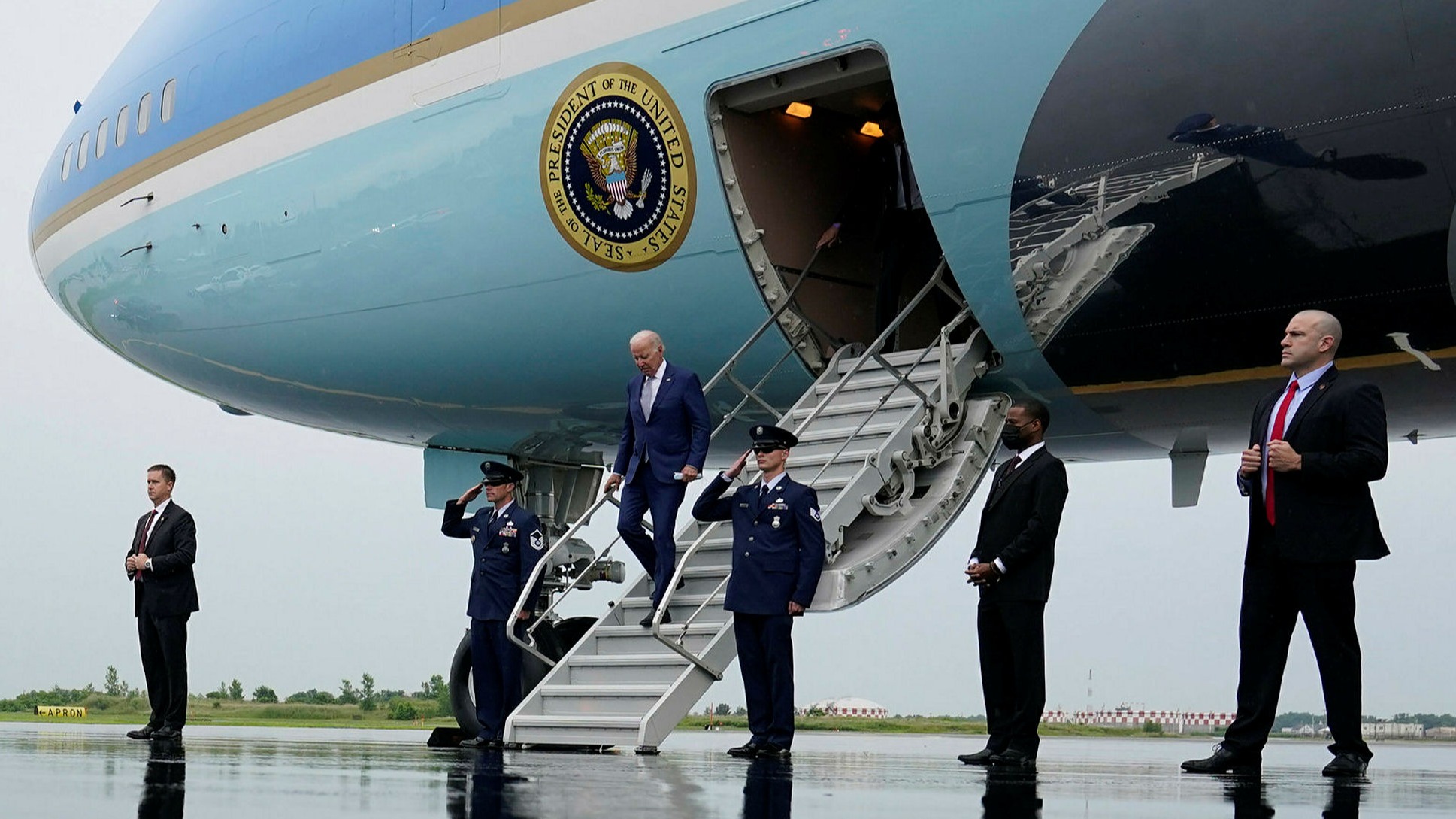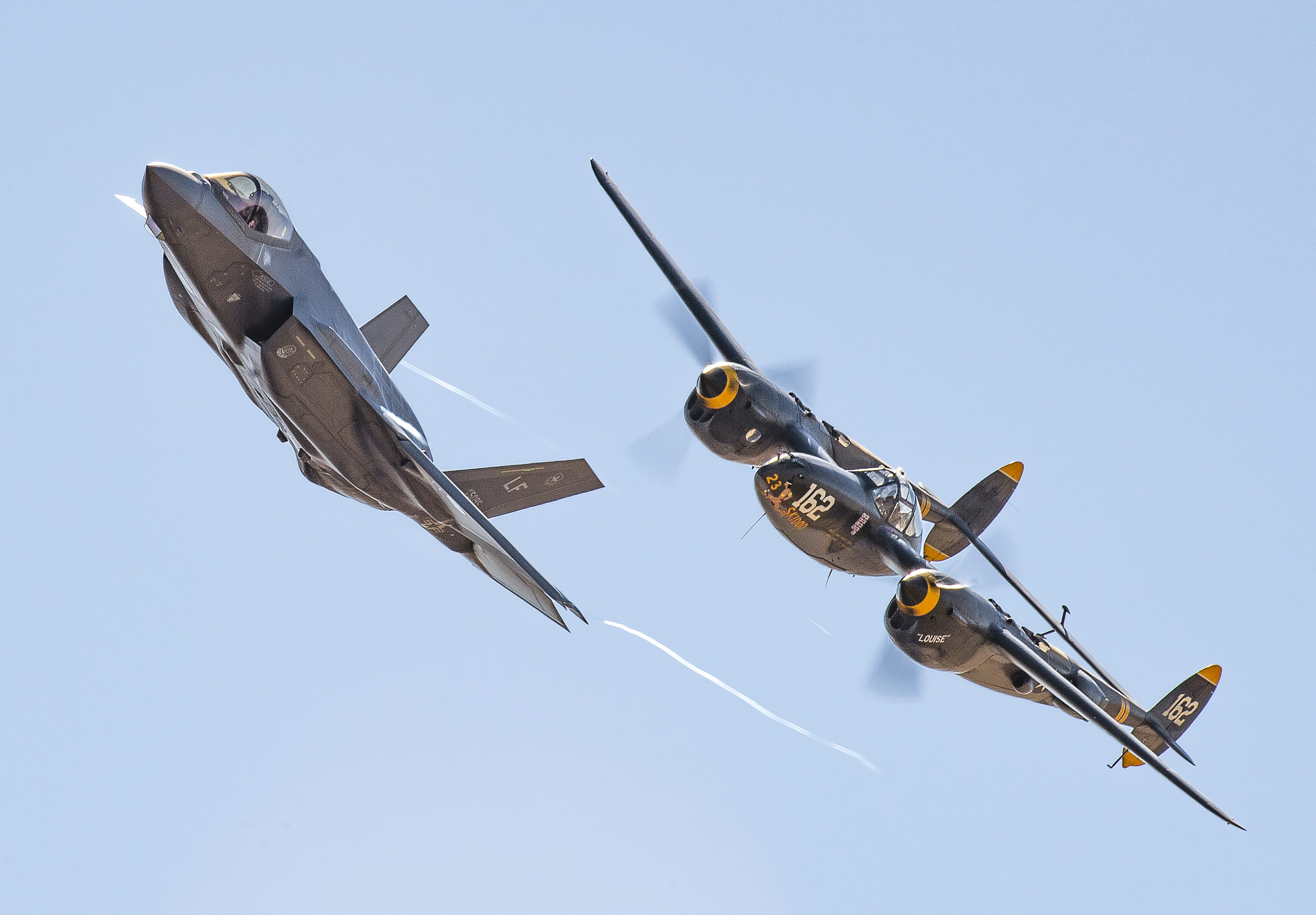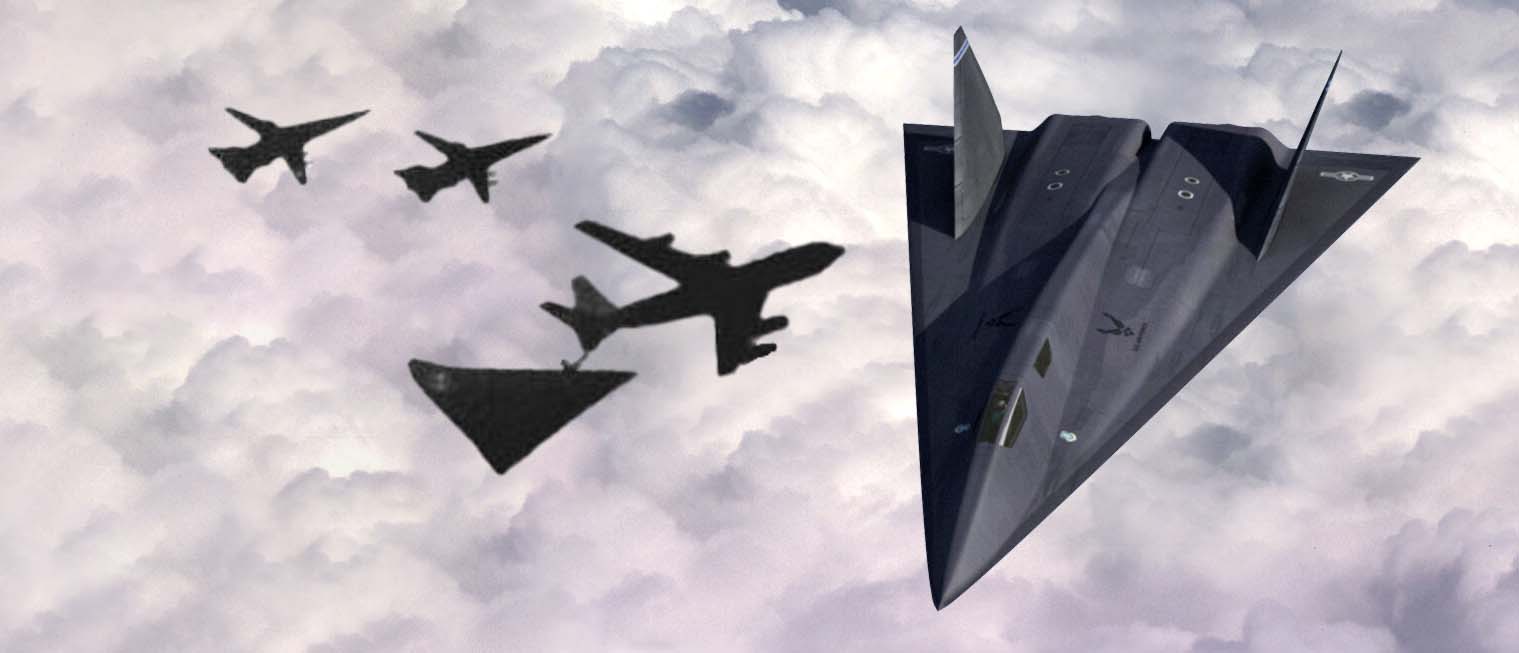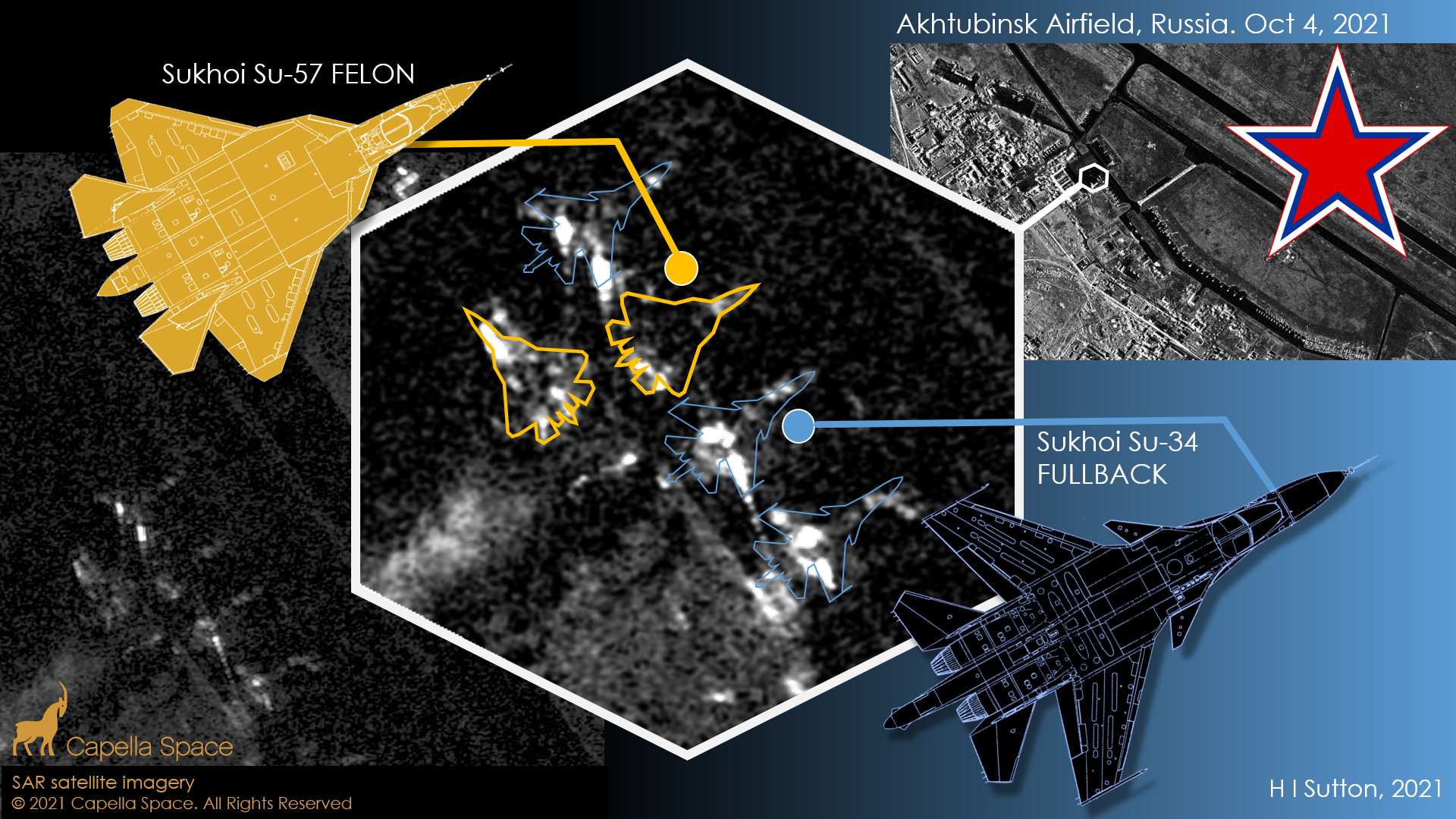Top Secret Aircraft 2021 - This sighting of the aircraft becomes all the more intriguing in the context of the recent expansion at Helendale. The addition of over 1,800 square meters of “classified storage” to the site was completed in April this year.
This construction work is known to be a part of Lockheed Martin's broader effort to expand its available facilities for the purpose of developing and building sophisticated aerospace vehicles. One important design aspect they both had in common – those straight wings – points to another possible reason for the cancellation of the Miles project, aside from the parlous state of the public finances confronting the post-war Labor government.
Top Secret Aircraft 2021

After the defeat of Nazi Germany in May 1945, the Allies gained access to data from the Luftfahrtforschungsanstalt at Volkenrode, Hitler's top secret aeronautical research and development center. This showed that the Germans had conducted significant research into the importance of 'sweepback' wings in delaying the shock waves and the onset of aerodynamic drag in high sub-sonic speeds.
The Deadly Swallow
'Orders were given to cancel immediately any high‑speed projects which did not incorporate sweepback,' wrote Brown. In vain Miles and his team pointed out that as the aircraft was designed for supersonic speeds. Furthermore, [Chuck Yeager's successful] Bell X-1 did not have sweptback wings.'
The creator of the Mosquito, the aviation giant de Havilland, was asked to look into sweepback designs in October 1945, leading to the creation of the DH108. This was similar to the tailless swept-wing rocket-powered Messerschmitt Me 163, used by the Luftwaffe as an interceptor during the latter stages of the war.
According to Rod Kirkby, the plane had an infamy for introducing the term 'graveyard dive' into the vernacular of the pilots of the time – given their hopelessness of recovery when the plane found itself in a steep dive.
The first tail-less DH108 prototype – nicknamed the Swallow – took to the skies in May 1946 piloted by Geoffrey de Havilland Junior, the test-pilot son of the company owner. Over the months that followed modifications were made and the second prototype was launched in July that year for high speed testing.
Why Is It At Area ?
The Bell X-1. A formidable plane, Chuck Yeager actually broke through the sound barrier on just three of the aircraft's four rockets. While propulsion evidently wasn't a problem, stability at that speed was; with Miles ordered to share intel with the American company, some sources insist the Bell X-1 incorporated – at test stage – a baked-in element of the British M.52 design;
the moving tailplane, designed to counteract a dangerous aerodynamic consequence of going supersonic. Without it, Yeager's record-breaking speed would have been impossible. The video was almost definitely taken at the secretive Helendale radar-cross section (RCS) measurement facility that belongs to Lockheed Martin and is located in the Mojave Desert, California.

This site is close to the company's Skunk Works headquarters at Plant 42 in California's Palmdale. A short video of the unidentified aircraft first popped up on TikTok and was then shared on other social media platforms.
The clip shows what seems to be an inverted stealth aircraft being towed on a large flatbed trailer. It also seems broadly familiar to some concepts for Next Generation Air Dominance (NGAD) known to date. There seems to be a diamond-like, tailless, along with an elongated fuselage and one prominent chine line.
Shot Down
There is a 'hump', perhaps either for where the cockpit would be or intended to depict an unmanned concept. Challenges included rethinking not just wing technology but also how to accommodate the pilot and reducing drag from the nose.
In the end biconvex wings were used and tested on a Miles Falcon trainer plane. These had 'a very sharp leading edge and a thickness/chord ratio less than ever before attempted,' wrote Brown in a memorandum about the project.
'The finished wing caused the aircraft to be known as the "Gillette Falcon" after the famous razor blade of the time.' Bancroft noted that engineers working on the wings kept cutting themselves on the leading edges.
“Whittle's engine was amazing,” says Rod Kirkby, a former future-projects aerodynamics research engineer turned aviation artist, who frequently presents talks on the M.52. “His design, which was part of the 1943 specification for the project, was a reheated turbofan which at high speed virtually became a ramjet engine – in a very similar fashion to the [Lockheed] SR 71 Blackbird spyplane.
Rockets Wings And Tails
Unbelievable for 1943.” Continued sightings of unidentified aerial phenomena prompted the US Air Force (USAF) to begin an investigation of these reports in 1948. Initially, those involved in this project (dubbed Project Sign) opined that the UFOs were probably sophisticated Soviet aircraft.
A photographer in California got this photograph of the jet a couple of weeks ago as it was flying near Edwards Air Force Base. Aviation Week, which reported on the existence of the jet, published this same shot and presumably used it to estimate the jet's altitude in the photograph as 20,000 feet.

This is all presuming that the plane in the shot is the new jet in question, which it might or might not be. Remember that the Air Force has only confirmed the existence of the program and no details, so it could well be another secret program.
So what is it? The fact is, nobody outside of those with top secret clearances really knows, and with the diversity of opinion having tripled in recent days, all we can say is, we can't wait to find out, if indeed we ever do.
Us Air Force Secret Aircraft Rat Spotted By Accident
A UFO-like aircraft was spotted while being transported to a top-secret US military base in California. Earlier, another alleged UFO (unidentified flying object) was sighted near a US military base in Colorado, fueling curiosity among citizens and netizens alike.
We can never know if British aviators would have broken the sound barrier first. What we do know is that they did on celluloid. David Lean's 1952 film, The Sound Barrier, was inspired by the story of Geoffrey de Havilland Jr's death in the DH108, and then Derry's successful bid to break the sound barrier.
It was an international box office success. Other hurdles were where to stow the fuel and where to locate the engine. In the end, the fuel tank was wrapped around the engine behind the pilot in the middle of the fuselage - thereby increasing the diameter of the plane, but preventing center of gravity problems.
It was decided, therefore, to house the pilot in a tiny conical capsule in the nose, the capsule being of smaller diameter than the fuselage, thus allowing an angular air intake immediately aft of the capsule.
What Is Does The Rat Do?
This capsule was far from ideal, but again it had to be accepted.' Area 51 is a semi-secret facility located in the Nevada Desert about 135 km north of Las Vegas. It is a no-entry and no-fly zone.
It was built during the Cold War and intended for the testing and designing of cutting-edge planes like the U-2 and SR-71 Blackbird. In 2013, when the US government finally admitted Area 51 exists, both U-2 and SR-71 were still classified by the Central Intelligence Agency (CIA).

He was flying the Bell X-1, which had been dropped from a modified B-29 bomber at 26,000 feet, before sequentially opening the taps on the aircraft's four rockets. In the moments that followed, the aircraft – nicknamed, like all Yeager's craft, 'Glamorous Glennis' after his wife – reached Mach 1.05, or about 700 miles per hour.
He was the first pilot to control a craft beyond the speed of sound. But he wasn't the first to try. One can call it a top-secret aircraft that is not fully understood based on the Boeing 737 aircraft sometimes used by the Air Force.
An Open Secret?
In 60 years, roughly 10,000 Boeing 737-200s were built with the Air Force using them for a variety of missions. Aviation artist and former aerodynamics research engineer Rod Kirkby's impression of what a successful flight in the Miles M.52 might have looked like, had the project come to fruition.
In a nod to the American pilot Chuck Yeager – and the British test pilot Eric Brown, who might have beaten him to Mach 1 – Kirkby titled it 'For Yeager, read Brown.' Brown bought the original painting.
By 1946, the detailed design work of Britain's first supersonic aircraft was 90 per cent done and the first prototype was more than half built – and due for rollout in early summer 1946. Successful tests of the 'all-moving tail' had been conducted on
the fastest available aircraft, the Supermarine Spitfire (reaching Mach 0.86 in trials). Meanwhile, those razor-sharp wings had been proven effective too. The firm was on course for a maiden flight in the summer of 1946 with ace test pilot Eric 'Winkle' Brown lined-up for the task.
The man who wrote these words was Don Brown, the personal assistant to George Miles, the technical director of Miles Aircraft Ltd in Reading, which in 1943 was given 'the most ambitious and advanced research project ever attempted in the history of aeronautics...
the design and construction of what was to be the world's first supersonic aircraft.' Plane and Pilot builds on more than 50 years of serving pilots and owners of aircraft with the goal of empowering our readers to improve their knowledge and enthusiasm for aviation.

Plane and Pilot expands upon the vast base of knowledge and experience from aviation's most reputable influencers to inspire, educate, entertain and inform. Perhaps most importantly, the Miles team had to devise a new approach to maintaining control as the plane reached high sub-sonic speeds.
Significantly an all-moving tail was incorporated into the design from the outset, because at near sound barrier speeds the lifting center of the aircraft shifting rearwards prompted a phenomenon known as 'Mach tuck' – forcing the nose of the plane down, with potentially devastating
consequences 'The controls had to be power operated and irreversible, and an all-moving tailplane was necessary instead of the conventional tailplane and hinged elevators,' wrote Brown. 'These things are commonplace today but in 1943 they had not been envisaged since the necessity had never arisen.' Indeed all supersonic aircraft now use all-moving tail, if they aren't delta winged.
According to the operator of USS Princeton, which had been tracking these UAPs then, mysterious flying objects suddenly appeared at 80,000 ft. They then stopped at 20,000 ft and after hovering for some time, they disappeared from radar.
But then, out of the blue, the government canceled the project. 'I was hopping mad,' recalled the test pilot. 'We were 15 months ahead of the Americans.'Don Brown was damning: 'Over two years of concentrated and dedicated work on the part of the two teams was thrown away, together with over £100,000 of the taxpayers' money: and, by
this cancellation, Great Britain threw away the honor of being the first nation to achieve supersonic flight.' The newest "secret" aircraft, the NT-43A RAT 55, is currently being built and tested at Area 51 and is only one of many top-secret projects.
Its existence has yet to be confirmed as the Air Force is keeping most information restricted as of now. The Miles M.52 was bullet-shaped with a pointed cone nose, cylindrical fuselage, razor-thin wings and powered by a Whittle jet engine specifically designed for supersonic speeds – due 'to be in flight in early 1946'.
Dennis Bancroft, the Miles aerodynamicist who died in 2015, oversaw the design of this revolutionary aircraft, and recalled: 'The fuselage was based on the shape of bullets that firing tests showed [were] traveling at supersonic speeds.'

The third DH108 prototype – piloted by John 'Cats Eyes' Cunningham – flew ten months later in July 1947, just three months before the X-1's victorious bid in California. After successful speed record attempts de Havilland's chief test pilot John Derry inadvertently took the DH108 north of Mach 1 in an uncontrolled dive on 6 September 1948, making it the first British aircraft to break the sound barrier and earning him fame as Britain's first supersonic pilot –
though not in level flight, as the X-1's had been; Derry survived this 'graveyard dive' only due to the plane regaining enough aerodynamic control due to the thickening of the air (and an increase in the ambient speed of sound) as it descended.
Many think that the 50-year old plane is parked at Area 51 or the Tonopah Test Range Airport in Nevada, USA. The real place it usually stays is not confirmed by the Air Force or military authorities.
Online aircraft trackers have data representing the rarely detected RAT 55, which was only a few years ago. The first well-known UFO sighting occurred in 1947. US businessman Kenneth Arnold claimed that while flying his small plane, he saw a group of nine high-speed objects near Mount Rainier in Washington.
He said that they were crescent-shaped objects that were moving at the speed of several thousand miles per hour. “Dennis Bancroft knew about swept wings when designing the M.52,” says Rod Kirkby. “Swept wings are only useful for low supersonic speeds.
The drag coefficient of a straight wing actually falls when passing Mach 1; for higher speeds, thin straight wings are best.” Kirkby points out the Lockheed F104 Starfighter, introduced in 1958 and capable of sustained Mach 2, as an example of this principle in full-fledged action.
In April 2020, the US Navy had released three videos, taken by Navy pilots, The EurAsian Times had reported. In one of the videos dating back to 2004, off the coast of San Diego, two super hornets from the aircraft carrier USS Nimitz, were asked to investigate mysterious aircraft flying in the area.
It was not to be their lucky day: the A.2 'rolled slowly over to its back, and when the rocket motor should have ignited 15 seconds after release it failed to do so'. Four and a half seconds later, the chasing Meteor reported an explosion, and the A.2 disappeared into the cloud.
Its path as determined by the radar corresponded roughly to a bomb trajectory!' The project was passed to the Royal Aircraft Establishment and Vickers, and re-skinned as the R.A.E.-Vickers Transonic Rocket Research Rocket. In October 1946, The Airplane Spotter reported on the project and its cancellation, noting: 'A decision at high level has been made to reduce this experimental supersonic work to the form of guided missile development, but probably the last of this Miles design has not
yet been heard.' It usually flies with stealth planes at higher altitudes and ranges that civilians cannot access in the desert. Up to now, the USAF is discreet about some of its activities. Planes like the RAT are not in full view of the public nor what tech it uses to do its job.
top secret jet fighters, secret air force aircraft, top secret us aircraft, top secret jets, top secret plane, secret us jet fighter, newest secret military planes, advanced new military aircraft secret